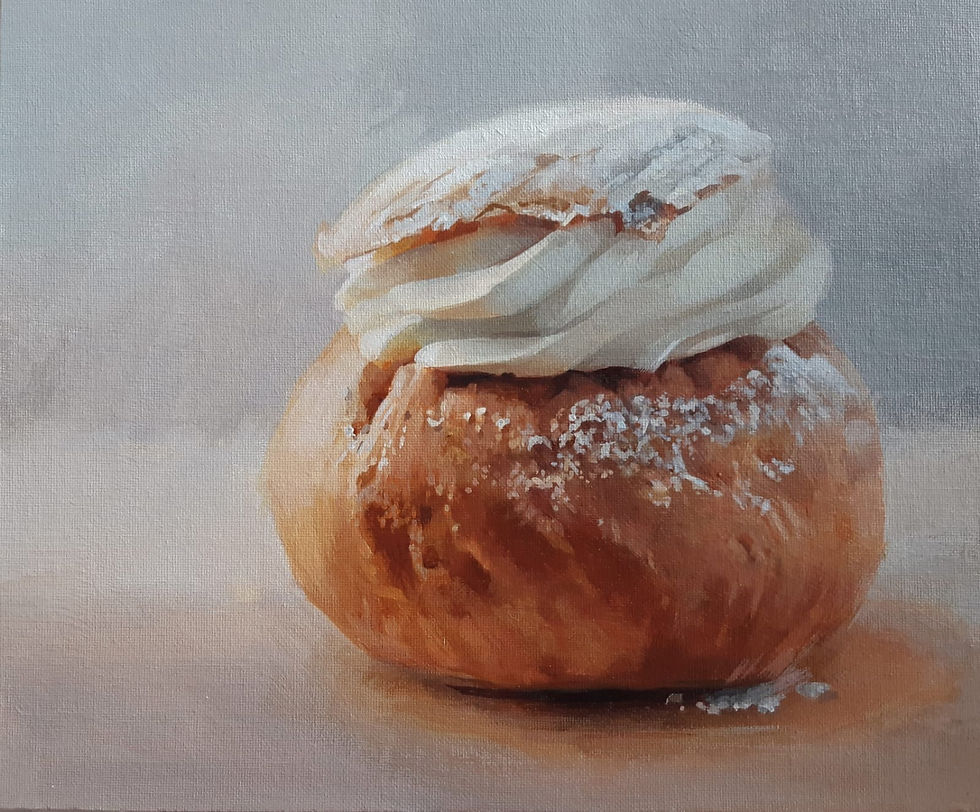Doing our (little) bit to redress the balance for female representation in the Arts
- Chris Woodcock
- Jun 6, 2022
- 2 min read

Throughout the history of art, there's been scant representation of women artists, despite their vast contribution. This is now well known. Women have never been given equal status in the art world – and, despite the supposed equality advances of recent decades – they remain grossly under-represented and undervalued in 21st Century museums, galleries and auction houses.
For centuries, women were primarily regarded as for painting or idolisation, with body shapes distorted or exaggerated to conform to the male-desired physical form. Meanwhile, famous men artists are often described as 'old masters' or 'Renaissance masters' and traditional female creative skills (like textiles) have been relegated to the lesser-regarded rank of 'crafts', or ignored totally.
Famously, Linda Nochlin's pioneering essay, ‘Why Have There Been No Great Female Artists” (1971), gave birth to feminist art history and feminist art theory and heralded the early stages of social change.
Yet, over six decades on, the Guerrilla Girls are not alone in asserting that little has really changed since the 1970s. Outstanding female artists are still not allotted the recognition and worth of their male counterparts. This has nothing to do with skill or merit – it's pure, ingrained misogyny and patriarchy.
For anyone doubting this, a couple of statistics underline this point *:
- In a study of 820,000 exhibitions, public and commercial, in 2018, only one third featured women artists. - In the UK, 64% of undergraduates and 65% of postgraduates in creative arts and design are women; but 68% of the artists represented at top London commercial galleries are men.
But, things are moving in the right direction. In 2019 the Venice Biennale international exhibition of contemporary art finally achieved gender parity, with 53% women artists. And the exhibition '50/50; Fifty Works by Fifty British Women Artists 1900–1950' (2018) operated as a corrective, introducing 50 artworks by known and lesser-known women.
And, at Spencer House Gallery, we have deliberately chosen to open our gallery with a show of works mainly by British women. Their work is distinctive and excellent and they span many media, from paint to textile and ceramics. Their work has attracted a universally warm and admiring reception and, to prove the point, many of them have sold their work here in the opening weeks – some several times over, including those who have never exhibited in a gallery before.
In our opinion, women artists have been discounted not only to their own disadvantage but also to the detriment of British art. In our own small way, by showcasing some remarkable works produced by modern women, we aim to provide a truer reflection of contemporary, regional art talent and treat all forms of imaginative and skilful art equally, without gender or media bias of any kind.
Look out for continued diversity and inclusion in our future exhibitions.
* Source: National Museum of Women in the Arts https://nmwa.org/support/advocacy/get-facts




Comments